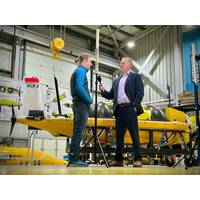
Inside the NOC Robotics Center
both vehicles, one did have to be recovered early. But the other vehicle made it all the way from Iceland to Scotland, which was quite a long way for an AUV.What was really interesting was the kind of science that we were doing, the sensors that were on board. It was packed full of these lab-on-chip chemical sensors, and we spent a huge amount of time working with the science users just to figure out what they were trying to measure, and how we had to get the vehicle to operate. With a normal AUV, you imagine them flying at a constant depth, or a constant altitude, above the bottom. With a glider, you manage
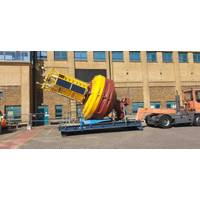
NOC Expedition Marks 40 Years of Abyssal Science Project
weather forecasting and ocean monitoring at the site, including measuring carbon dioxide in the atmosphere and upper ocean.The expedition will also do its more routine work recovering and deploying a wide range of scientific instrumentation to collect water and sediment samplers, physical and chemical sensors for the highest quality data. Ecological observations will be collected using baited experiments and remote seafloor imaging systems, all of which make testing new technologies possible as well as extending the crucial time series

The Ocean Could Store Vast Amounts of Captured Carbon – But We Need Deep Ocean Sensors to Track the Effects
to communicate underwater.We also have an acoustics communications group that works on swarming technologies and communications between nearby vehicles. Another group works on how to dock vehicles into moorings in the middle of the ocean. Another specializes in mooring design. Another is building chemical sensors and physical sensors that measure ocean properties and environmental DNA.This summer, 2023, an experiment in the North Atlantic called the Ocean Twilight Zone Project will image the larger functioning of the ocean over a big piece of real estate at the scale at which ocean processes actually
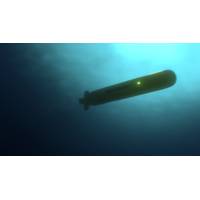
How AUVS Can Spot Oil Plumes After an Ocean Spill
instructions allow the AUV to track around a patch of oil droplets at a distance of up to 50 meters, recording the size and position of the patch.Once an oil plume has been identified and mapped out, the backseat driver can instruct the AUV to enter the patch and take readings using additional chemical sensors, or collect a water sample to understand more about the composition of the oil itself.Into the depthsWe’ve carried out several marine oil pollution search missions using proxies for the oil in a sheltered coastal environment in Holyrood Bay, N.L. One of these was to design a search pattern
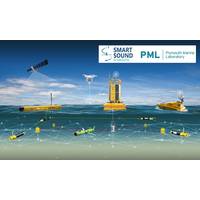
Fleet of Ocean Robots, Buoys, Set for Deployment Off Plymouth
."The PML Pioneer, funded by the Natural Environment Research Council (NERC), is one of only two of its kind in the UK and will be the only one regularly deployed in UK waters. The integrated scientific payload is the most advanced to be deployed from an AutoNaut and includes state-of-the-art chemical sensors, and a photosynthetic efficiency and rate sensor," PML said.PML has said it has also procured four autonomous underwater robots from ecoSUB robotics, with funding from NERC."Their sophisticated sensors are designed to provide crucial scientific data and the flotilla of new generation
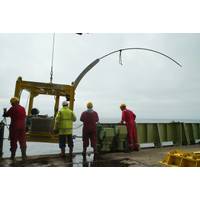
Increased Confidence in CO2 Storage
as CO2 bubbles began to emerge from beneath the sediment. The idea was then to test how well an array of sensors, developed and built for the experiment, might perform.Acoustic and optical instruments were deployed to detect the sound made by streams of bubbles or spot them with cameras, while chemical sensors ‘sniffed out’ the CO2 and the minute amounts of inert chemical tracers it contained, so allowing the scientists to differentiate this signal from any naturally occurring CO2. ROVs and autonomous underwater vehicles (AUVs) bearing other sensors completed the arsenal of
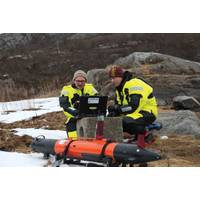
The “Disruption” in AUV Trends
hooks and navigational aids to spectral cameras and satellite- or drone launch equipment. For OEMs in general, however, changing payloads — or combinations of multibeam echosounders, side-scan sonars, sub-bottom profilers, synthetic aperture sonars, high-definition cameras, laser systems, and chemical sensors — imply uncertainty in production. Some companies, like France’s ECE, appear to have an AUV for every mission: an imaging A18-E; the maneuverable, twin-hull A18-TD for “homeland” surveillance; a man-portable A9-s and about a dozen others. Like its competitors, perhaps
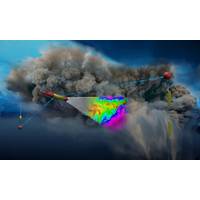
LRAUV: Arctic Oil-Spill-Mapping Robot Put to the Test
of its LRAUV prototype in Monterey Bay, California, with the goal to characterize an oil spill and transmit data back to shore.“The researchers showed us how LRAUV works; this was the first test with the oil sensors and data transmission in action,” said Trego.LRAUV was equipped with chemical sensors and simulated an oil spill from a vessel by “leaking” a non-toxic, neon green sea dye into the water. The dye, just like oil, can float in the top 13 feet of the water column, but biodegrades in sunlight in a matter of hours.“This specific water test was intended to check all
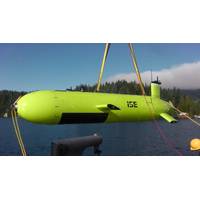
ISE Sells 6000m-rated AUV to China
m depth.The modular design of the ISE Explorer enables it to carry multiple payloads in its spacious, swappable, and customizable payload section including Multibeam Echosounders, Sidescan Sonars, Sub-bottom Profilers, Synthetic Aperture Sonars, High Definition Cameras and Laser Systems, CTDs and chemical sensors, or any combination of AUV payloads. Additional battery sections can be added to extend the endurance from 24 hours up to 72 hours.The ISE Explorer AUV has a proven track record of offshore operational success with customers from Asia, Europe, Australia, the U.S. and Canada.The vehicle&rsquo

 August 2025
August 2025





